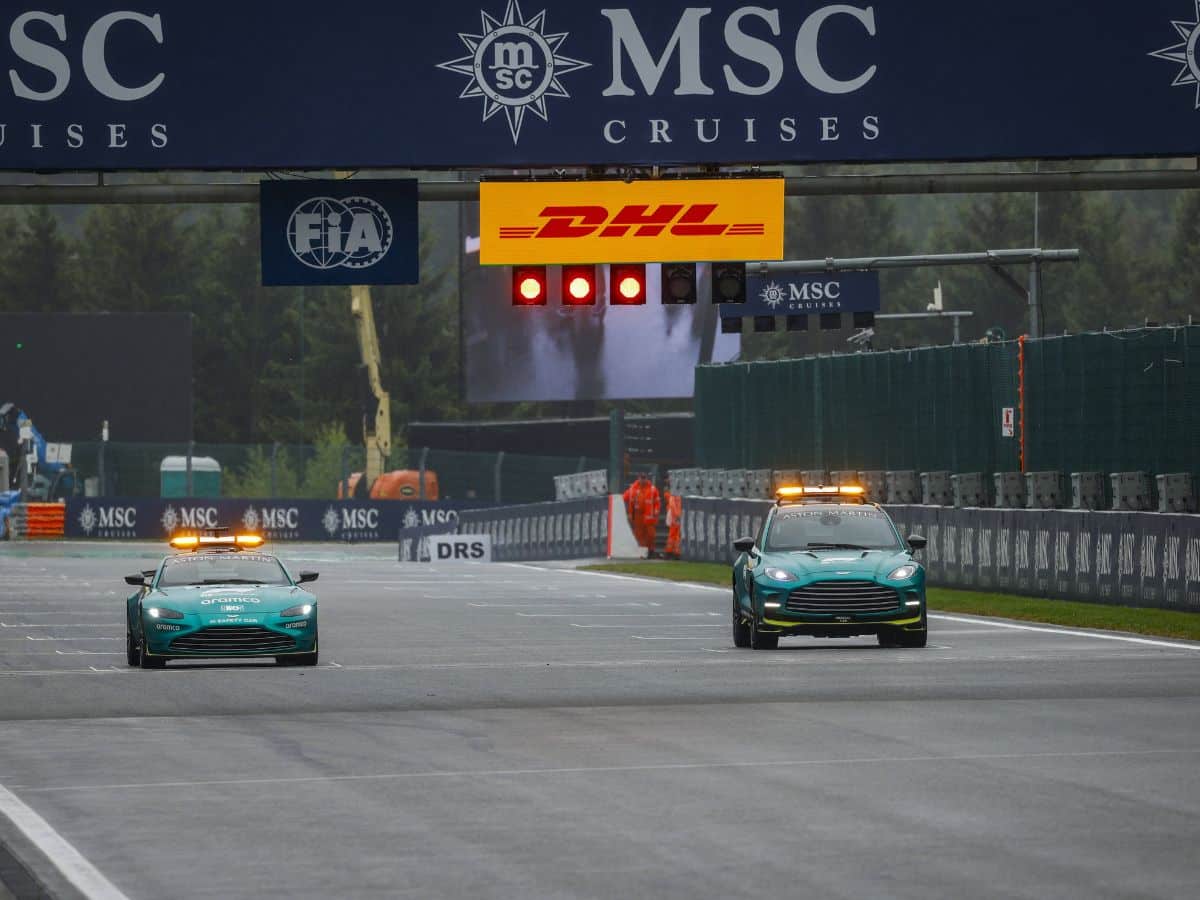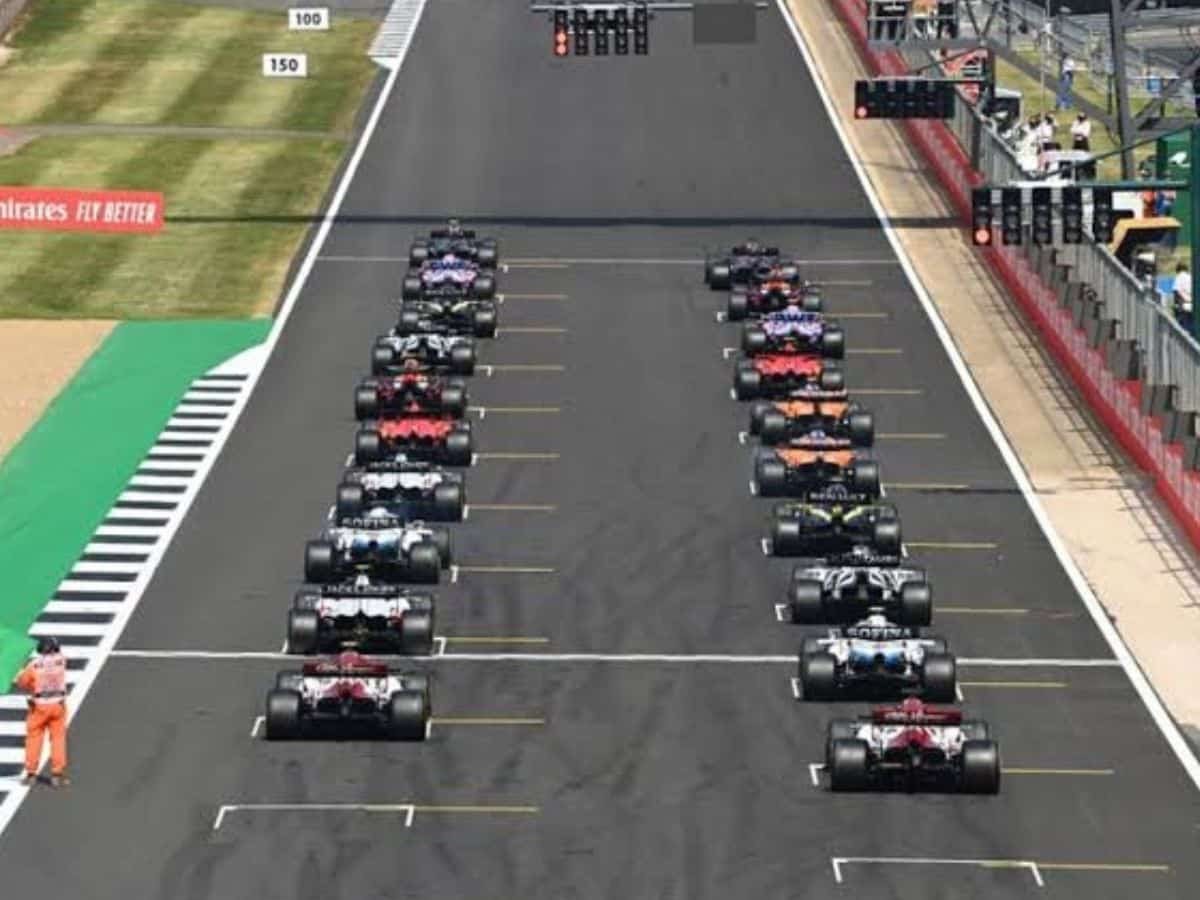What does ‘standing start’ in Formula 1 mean?
Read this article to know all about the standing starts that occur in Formula 1 from time to time.

Ever since the start of Formula 1 in the late 1900s, the sport has undergone several changes to come to the form in which we see it today. The pinnacle of motorsports is governed by a thick book containing all the rules that are applicable for the Grands Prix and these are updated regularly by the authoritative body called the FIA. To ensure more safety of the racers, more exciting competition, and several other factors that increase the viewership of F1, several rules have also been introduced in the sport over time.
One such rule that has been implemented relatively recently is that of the ‘standing start’. In 2018, the FIA talked about their idea of initiating a standing restart procedure in F1 following some grave on-track incident. The rule was passed in 2019 and the procedure was put into action. The standing start rule makes F1 different from NASCAR or IndyCar where the cars are in motion when the race is restarted. The standing start occurs only after a grave incident that calls for a red flag situation.
Before the standing start rule was implemented, when the Red Flag was called off after clearing the track of debris, the cars would start behind the safety car. But now, the cars have to line up on the grid just like they do on the starting grid and then the race will resume. This has increased driver safety and made it easier for the helpers to clear debris off the tracks.
What is the need for a standing start?
The rules in Formula 1 are passed after careful scrutiny by a host of authoritative figures. Thus, naturally, there is no way that such a big rule change as the introduction of the standing starts would be done without proper reason. Thus, F1 has preferred the standing start rule to their conventional rolling starts because the former makes for a really interesting watch for the audience.

It is known to all that the F1 circus thrives on the engagement from the audience. And the excitement is at an all-time high when the cars are all lined up at the start of the race and then they begin their laps and some even clash with each other. This entertains the fans immensely and makes the races more interesting. To emulate the excitement that is caused by the incidents at the starting grid, the FIA have decided to allow for restarts after the Red Flag.
What is the difference between a rolling start and a standing start?
While the rule allowing standing start procedures in F1 was introduced in 2019, the pinnacle of motorsports has witnessed several examples of rolling starts since its commencement. Now, both of these are allowed even though the occurence of standing starts is few and far between. The key difference between these two procedures is a major one.
On one hand, the rolling start allows the cars to go out on track after a racing incident behind the safety car. Then, once the green flag is given, the racing can resume immediately and the safety car leaves the track to make way for the others. On the other hand, a standing start requires all the cars to line up just like they do on the starting grid. Then, the five lights are turned off one by one and the race is restarted once all the lights are out.
In case you missed it:


